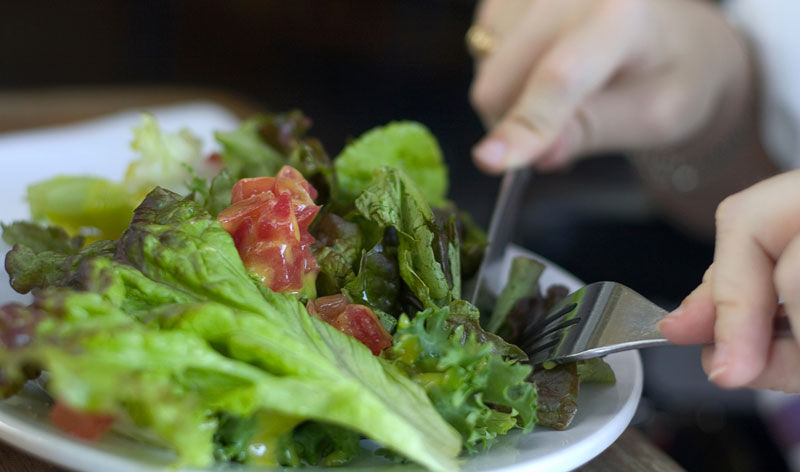
You’ve decided to lose weight, so it’s time to start moving more and eating less, right? Well, sort of.
That may sound like the right move, but sometimes it can end up doing more harm than good. The human body is much more complex than we realize, and there are many variables that come into play when trying to shed body fat. Here are some things to consider when your primary goal is weight loss:
Understand BMR
Resting or basal metabolic rate (BMR) is the baseline calorie amount you need to support body functions like breathing and heart rate. In other words, it describes the number of calories you need to survive at rest. Your BMR is determined by factors such as your gender, age, height and weight. According to MayoClinic.org, “Your basal metabolic rate accounts for about 70 percent of the calories you burn every day.”
Remember that Restriction Results in Fat STORAGE
“A starvation diet does not mean the absence of food; it means cutting the total caloric intake to less than 50% of what the body requires,” according to NetWellness.org. If you end up depriving your body to the extreme, it will adapt to low calorie consumption by reducing the amount of energy it uses to function. And then it will stop burning fat and start metabolizing lean tissue and muscle mass instead. Once that process begins, your rate of metabolism steadily decreases as a safety measure to account for any future food shortages. Bottom line, starving your body will not get you where you want to be.
Next Steps
Getting enough calories, maintaining lean body mass and building muscle can all help jumpstart a sluggish metabolism. If you want to get out of starvation mode, be sure to eat enough calories. To prevent a slowdown in metabolism, most experts recommend consuming no fewer than 1,200 calories per day. According to the American College of Sports Medicine, “women should eat at least 1,200 calories per day and men should eat at least 1,800.” It’s important to note that some patients under a doctor’s care may be on a specific calorie-restriction diet. That’s not who we’re talking about here. For apparently healthy adults, individual caloric needs should be adjusted according to activity level, which can be calculated by a nutritionist.
Muscle Up
Muscle tissue burns more calories than fat. Losing weight at a slow and steady pace helps to ensure you are actually burning fat as opposed to calorie-burning muscle. This is why I prefer the term “fat loss” over “weight loss.” In addition to preserving your muscle when trying to lose weight, you can also get yourself out of starvation mode by building muscle mass. Body-weight exercises like squats, lunges, push-ups, and pull-ups as well as traditional weight training, can help build lean muscle and give your metabolism an extra boost. Eating nutrient-dense sources of protein, carbohydrates and healthy fats will also help promote muscle growth.
Reflect
Have you taken a moment to really examine why you want to lose weight in the first place? What is that intrinsic motivation that initially inspired you to make this decision? This is the time to ground yourself and embrace this journey with a fresh perspective. Wanting to be a better version of yourself is a great start—just make sure you’re doing it as healthfully as possible.
For more from Allison Hagendorf, visit her sites AllisonHagendorf.com and FitToFeast.com or follow her on Instagram at @AlliHagendorf.




 by
by 






 by
by